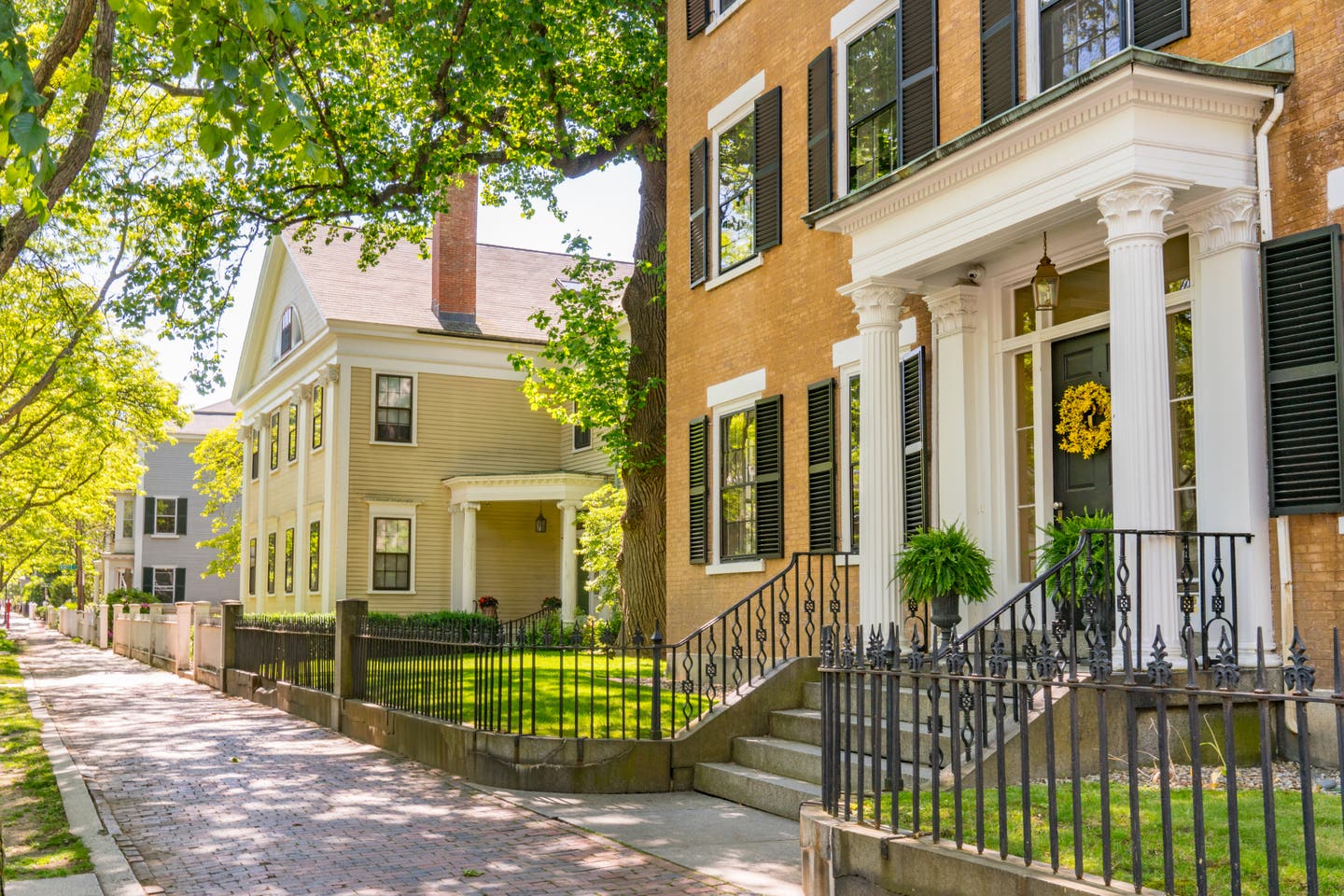
Carroll William Westfall
From House to Home
“It takes in a house t’ make it home,” wrote Edgar Guest in “Home” in 1916. A house may hold people, but a family makes it a home.
A house occupies a block, a block a neighborhood, a neighborhood a city, and so on up to a nation. Like a nation, a block, a neighborhood, and a city that preferences walkability enriches life by having buildings surviving religious, civil, and social purposes along with playgrounds, swimming pools, and community centers and, of course, commercial structures serving daily needs and employment. Here is urbanism, the city as home and the site of the political life whose authority protects individuals and their communities.
The lives lived in these building provide the memories that enrich the traditions binding individuals into communities. Most traditions are place-bound. When faithfully observed they are modified when needed to address new circumstances. A new activity introduced as a new tradition might or might not take hold as one, but new ones do arise and old ones do fade in response to the experiences life.
And so too with the justice, the most precious content of the common good. Justice depends on the individual’s natural sense of what is right and what is not. That sense is congruent with the “Laws of Nature and of Nature’s God” that our Declaration of Independence identifies as the foundation of the self-evident truths “that all men are created equal, that they are endowed by their Creator with certain unalienable Rights, that among these are Life, Liberty, and the pursuit of Happiness.” This foundation occupies a solid place within the classical tradition that has taken many forms down through history with its three-fold division of labor that seeks the Good in what we do, the True in what we know, and the Beautiful in what we make.
The understanding of what that tradition carries has recently been derailed in what we make in the name of architecture. Its recovery is much to be desired.
In navigating in the world we interpret what we encounter in two different ways, one based in its materiality and the other in what it offers to the common good. We learn to read curled lips as a smile and a smile as a welcome greeting. We understand the difference between a house and a home. And we know the difference between a thing as a sign and a thing as a symbol. Although the two words are now often used interchangeably, the difference between them is profound: a sign points, a symbol embodies. Two golden arches on a yellow and orange building is a sign pointing to the availability of hamburgers, but it is not a symbol that embodies hamburgerness. We identify a rectangular cloth with thirteen red and white stripes and 50 stars on a blue background as a sign pointing to the original states and the union of all fifty; as a symbol, it embodies the states’ commitment and our own to the nation’s union. And a house on a street points to a place where people live, and may very well be a home that embodies the love and fellowship of a happy family.
Traditions allow us to read these as signs and symbols. A house, a church, a school, a fire station, and a community center can be identified with an actual sign, as the Bauhaus was, but formal traditions elevate them into symbols that bond them, and us, into roles as agents assisting our lives in a community. A building’s familiar configuration, membrature, and ornament will allow us, guided by tradition, to point to the function it serves and to symbolize it purpose in serving the common good. Furthermore, when they visibly participate in the classical tradition’s formal apparatus of forms we can connect them with their predecessors in serving our community and the larger, civil community that we share with our predecessors in the classical tradition. As buildings and as symbols of our common good they will, as Joseph Rykwert said of the image of the five classical orders in Serlio’s treatise, each is different and also different in the same way.


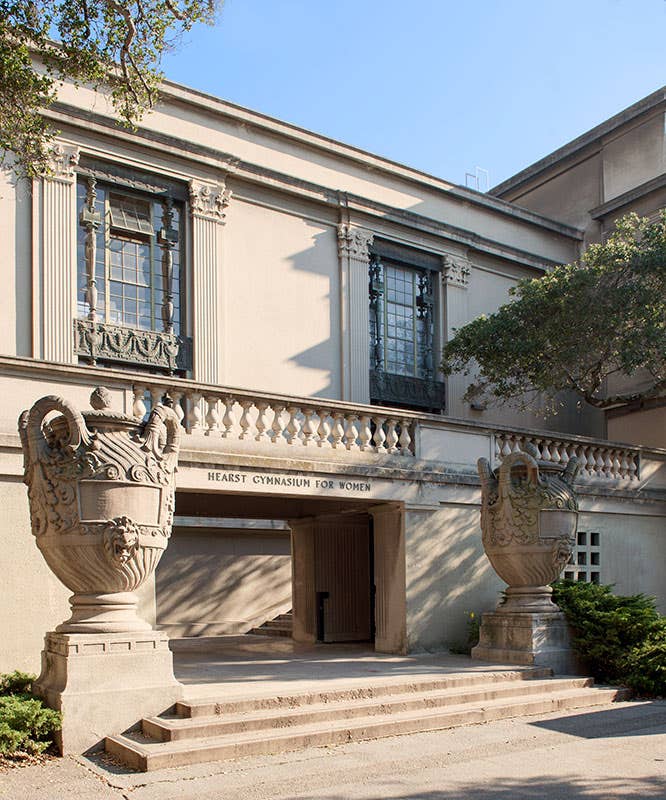
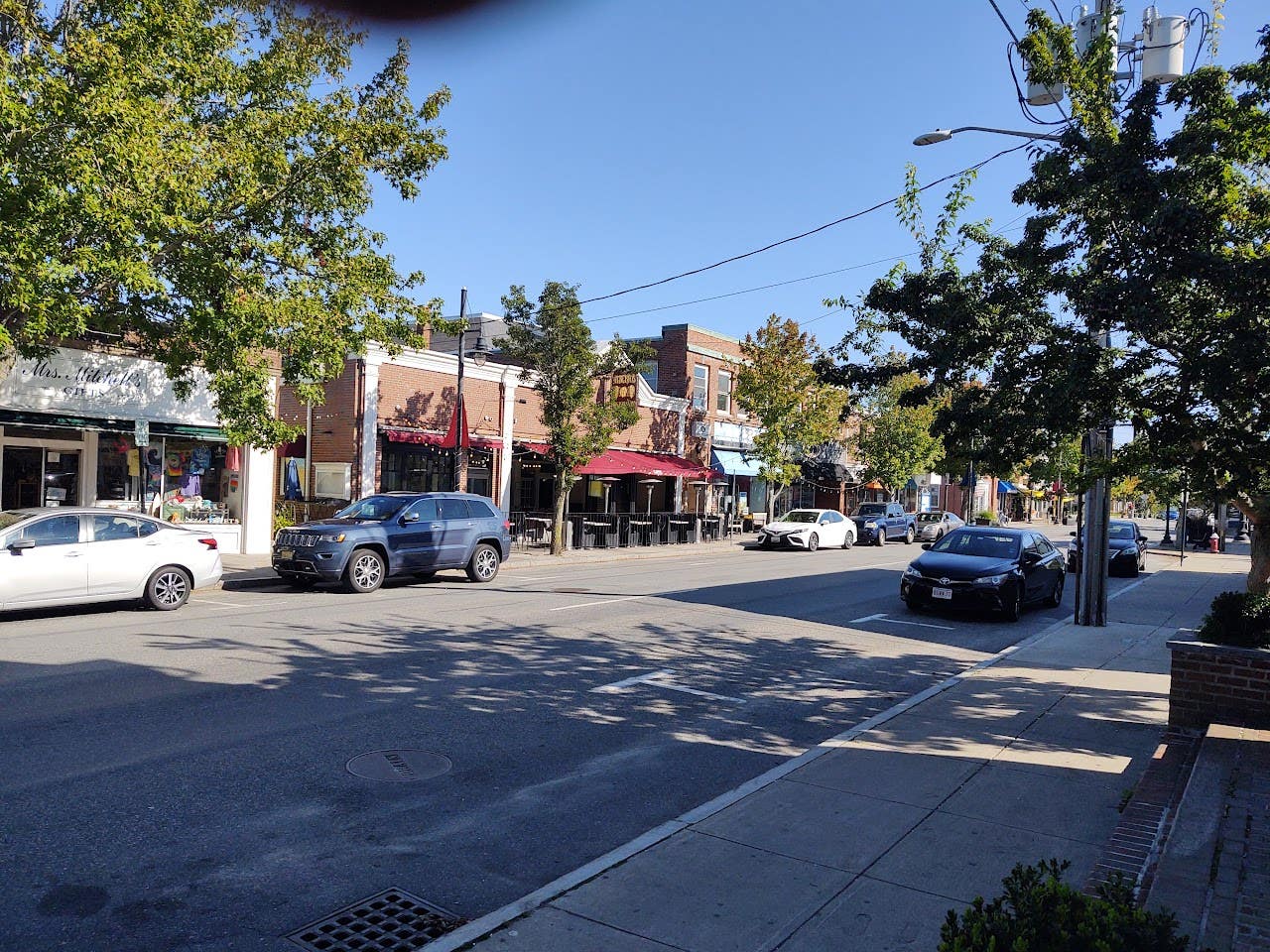
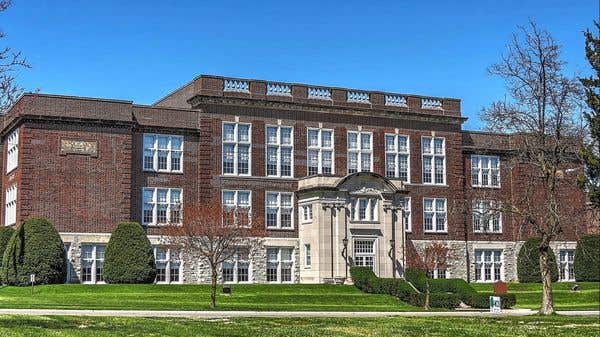
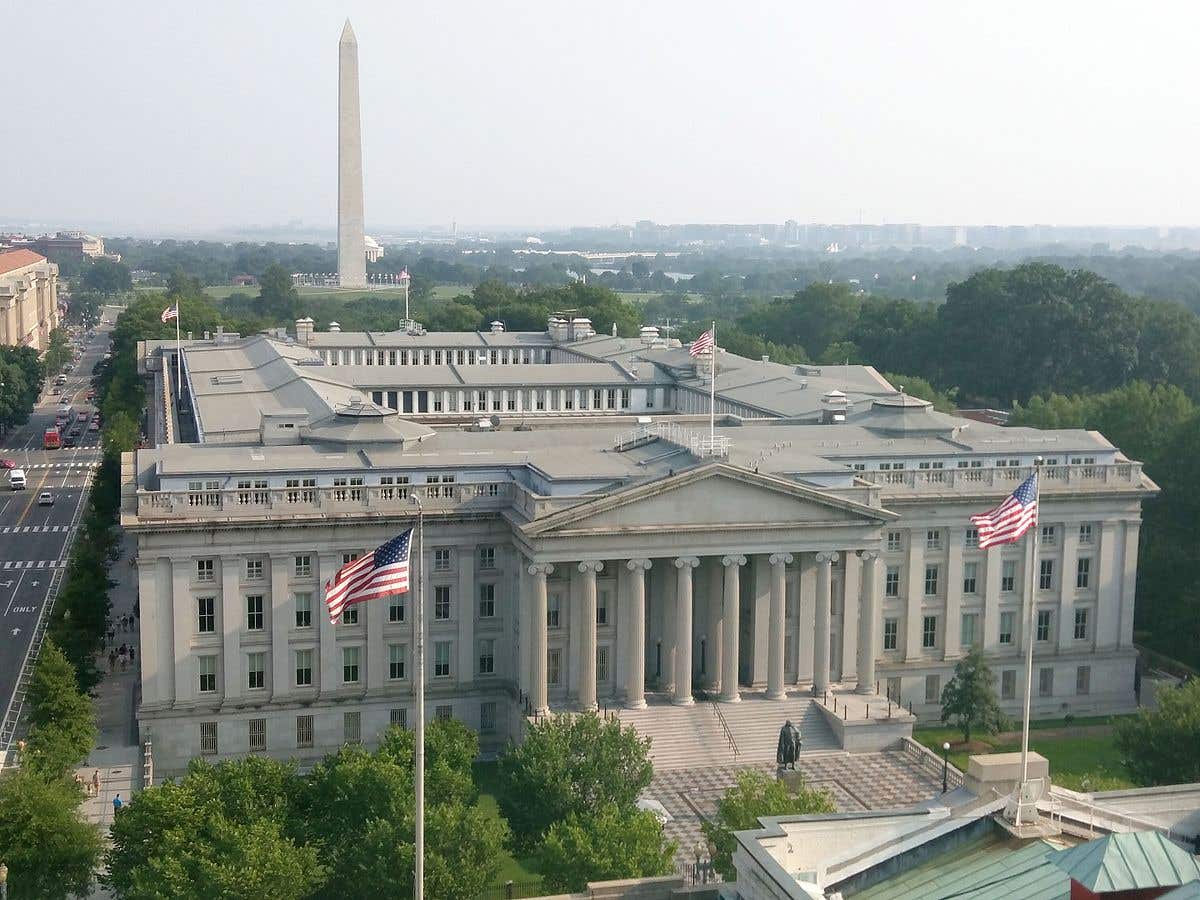
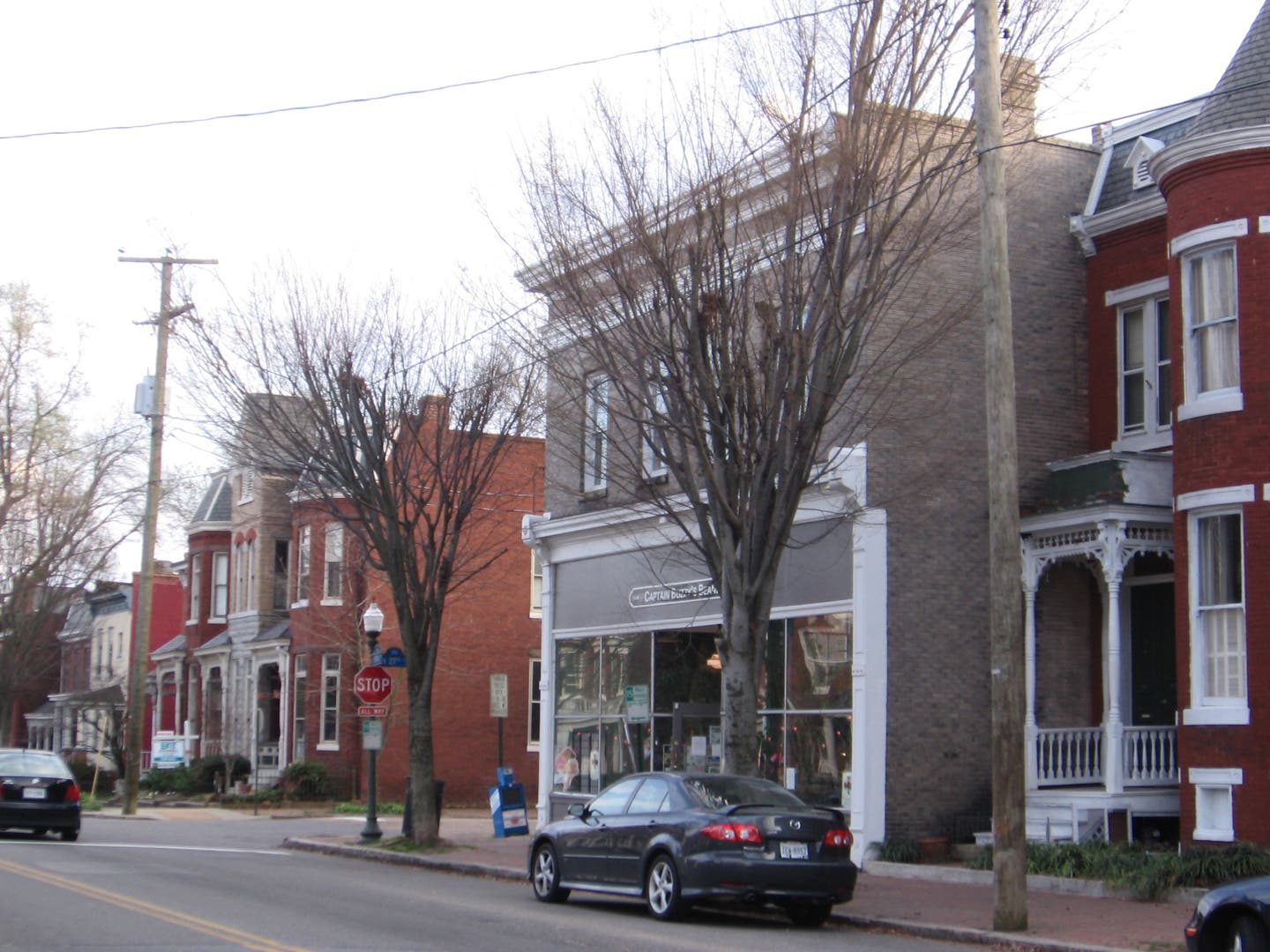
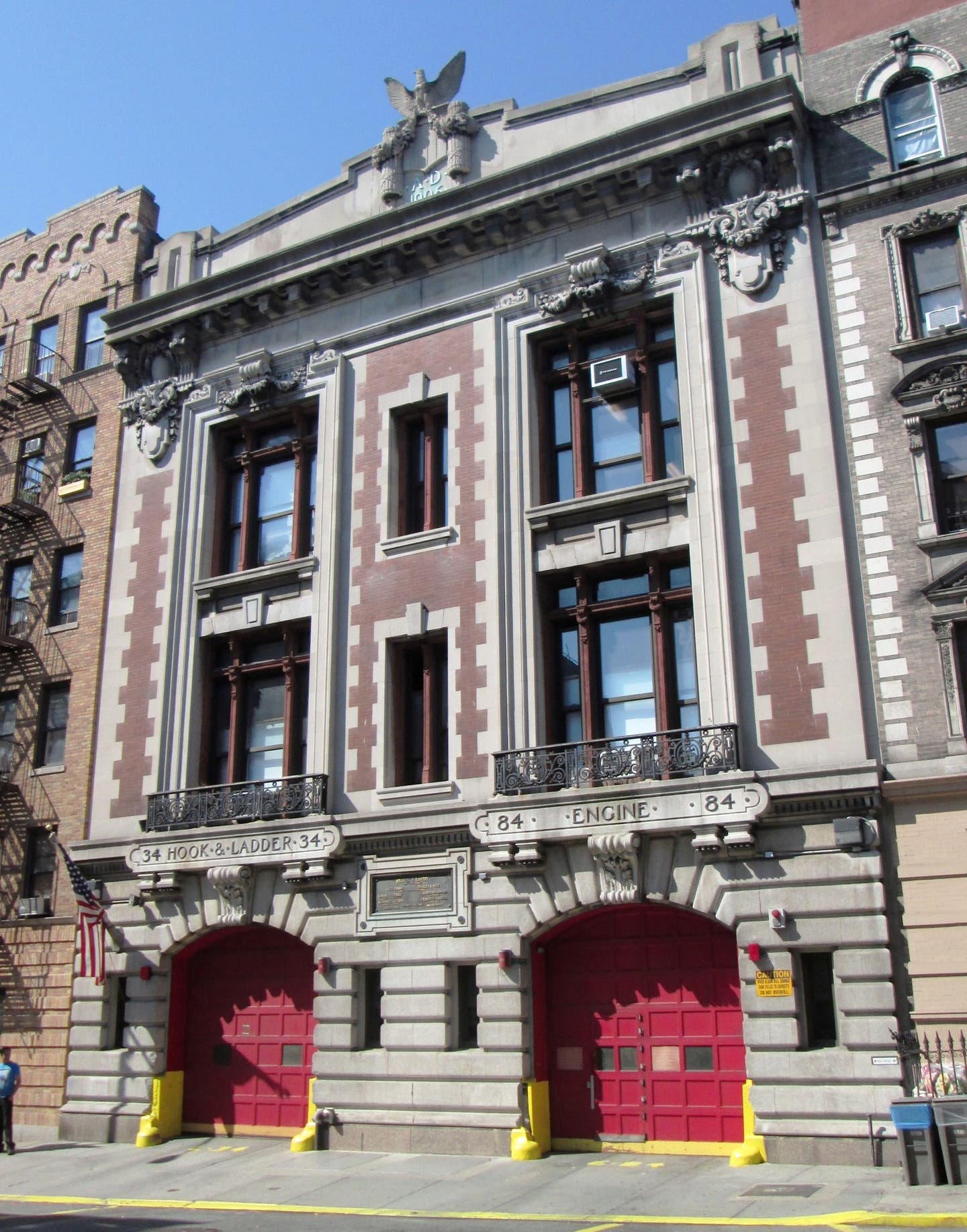
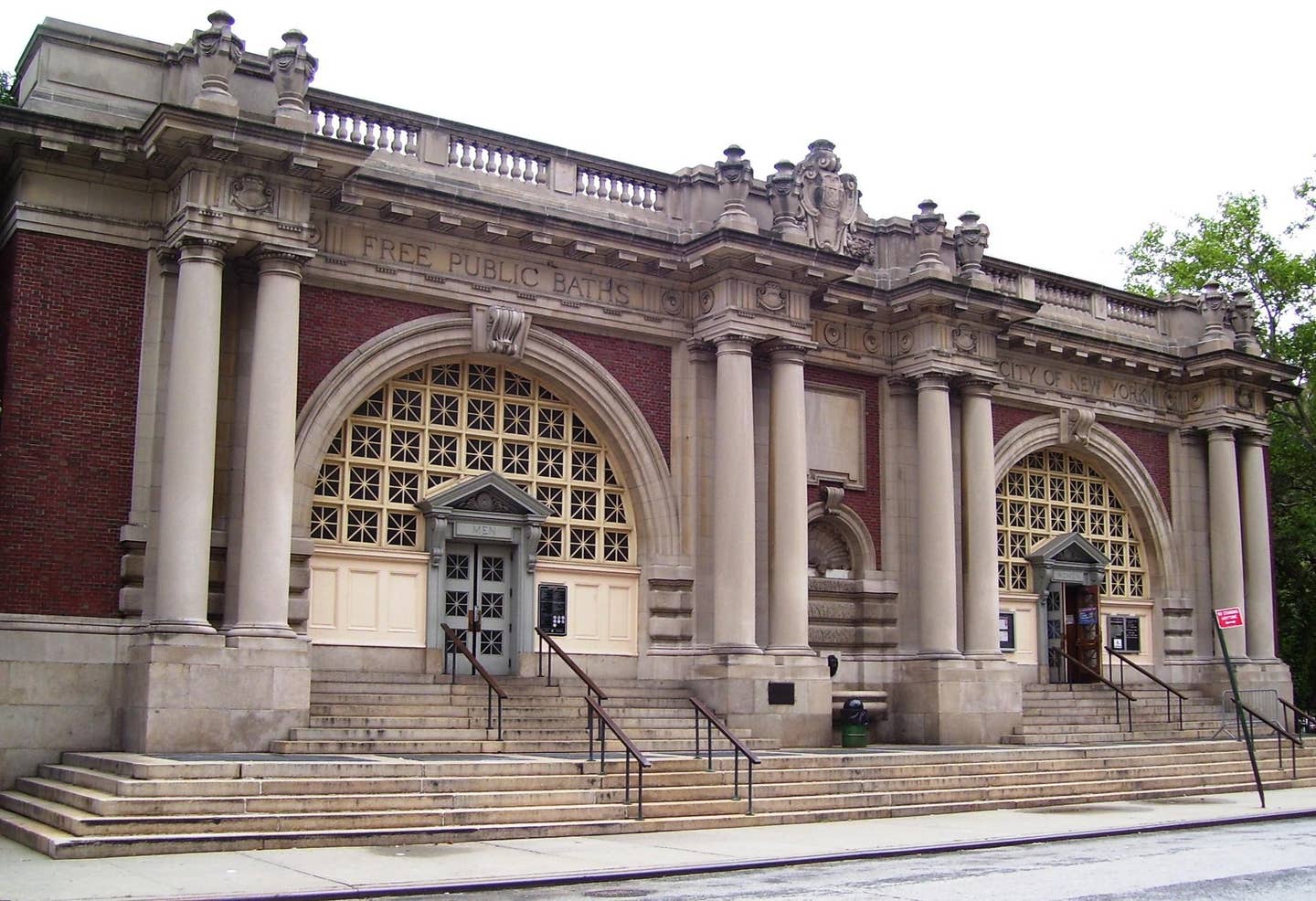
In a city we can love, the urbanism must be built with buildings that, like the laws exercising the civil authority, belong to the traditions of the place and to those of the classical tradition’s larger realm and reach. Among the houses, churches, schools, and so on, a traditional configuration, membrature, and ornamentation will signify it purpose and point to its predecessors, with each one different as it draws on some particular part of a shared, valued formal tradition and rendered with its own individual peculiarities and choices. This will allow them to become symbols of the life lived by a community of free individuals participating in a civil order seeking a just common good. Here the Beautiful in architecture and urbanism stands as the counterpart to the Good, with the urbanism assisting in assuring the common good’s continuity into the future.
We are taught a history of architecture that classifies buildings by their styles that point to their places in a historical chronology. And we identify their functions, but ignore the purpose they were built to serve and their places in the urbanism. In this history, architects have only a very small role in designing the houses that people have made into home. Today, homebuilders also largely ignore architects. People buying an existing house or having one built as a place to make into a home strongly prefer the traditional forms most architects spurn.
The realtors that house buyers use identify their offerings as Tudor, Greek Revival, Georgian, Federal, Colonial, Italianate, Cape Cod, etc. Developers of new, mass-built suburban houses avoid Modernism, although it is the idiom for apartment buildings and almost everything else. The ever expanding suburban sprawl offers houses in neighborhoods devoid of signs that can become symbols within a loved community. But traditional houses new or old command a premium, especially in the older residential districts filled with signs pointing to the rich symbolism that embodies and supports the commitment to the traditional norms for civil behavior in the pursuit of happiness.

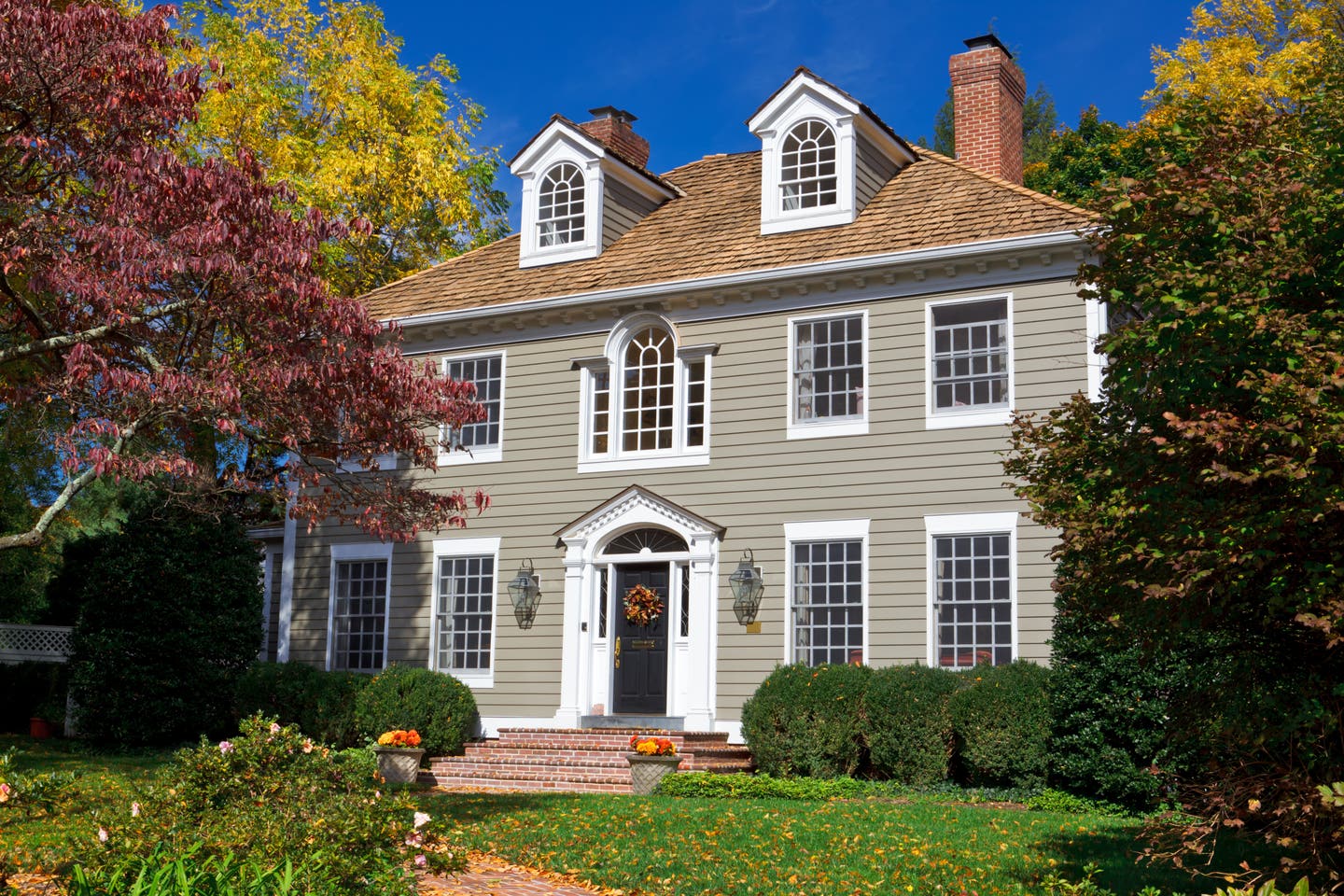
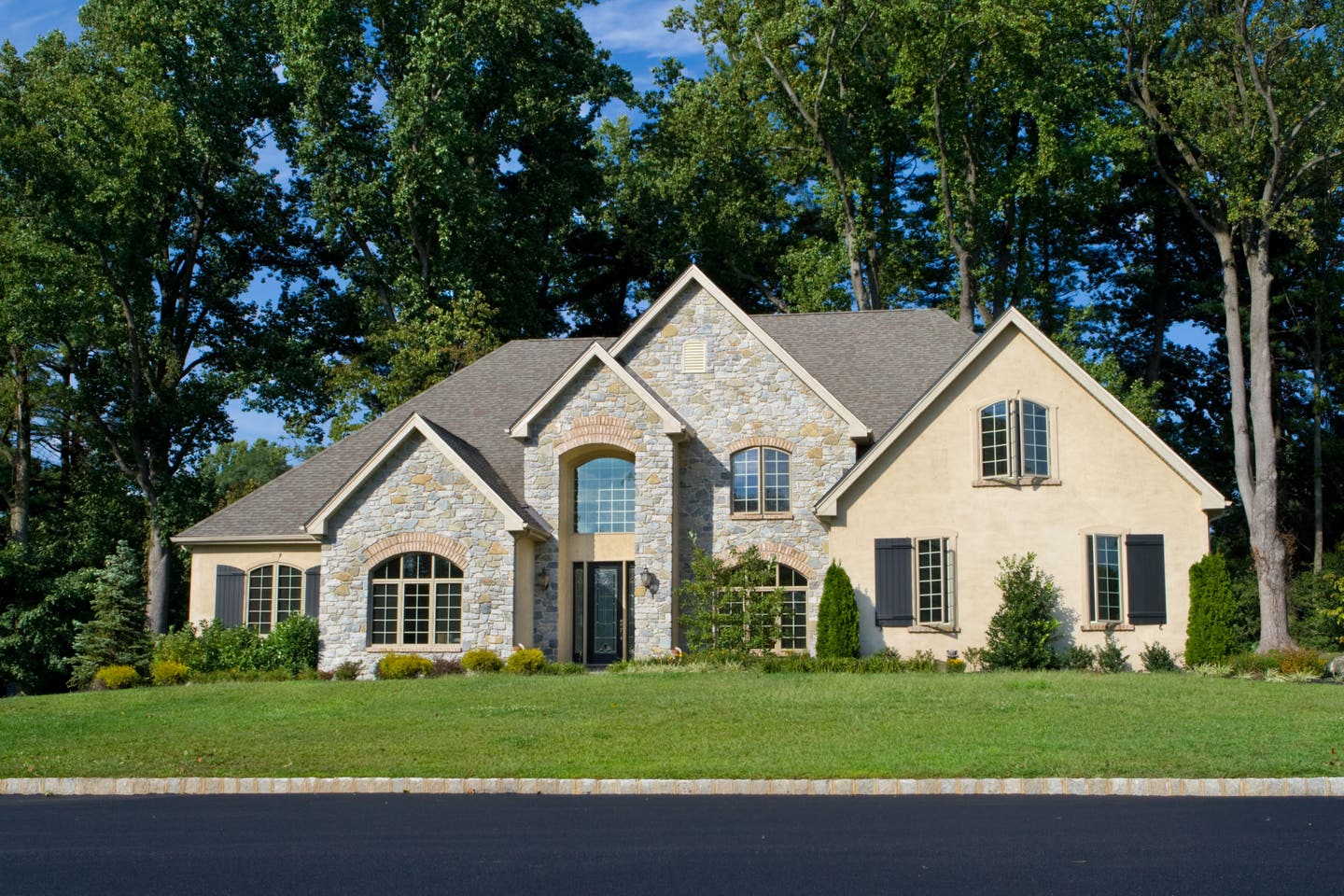
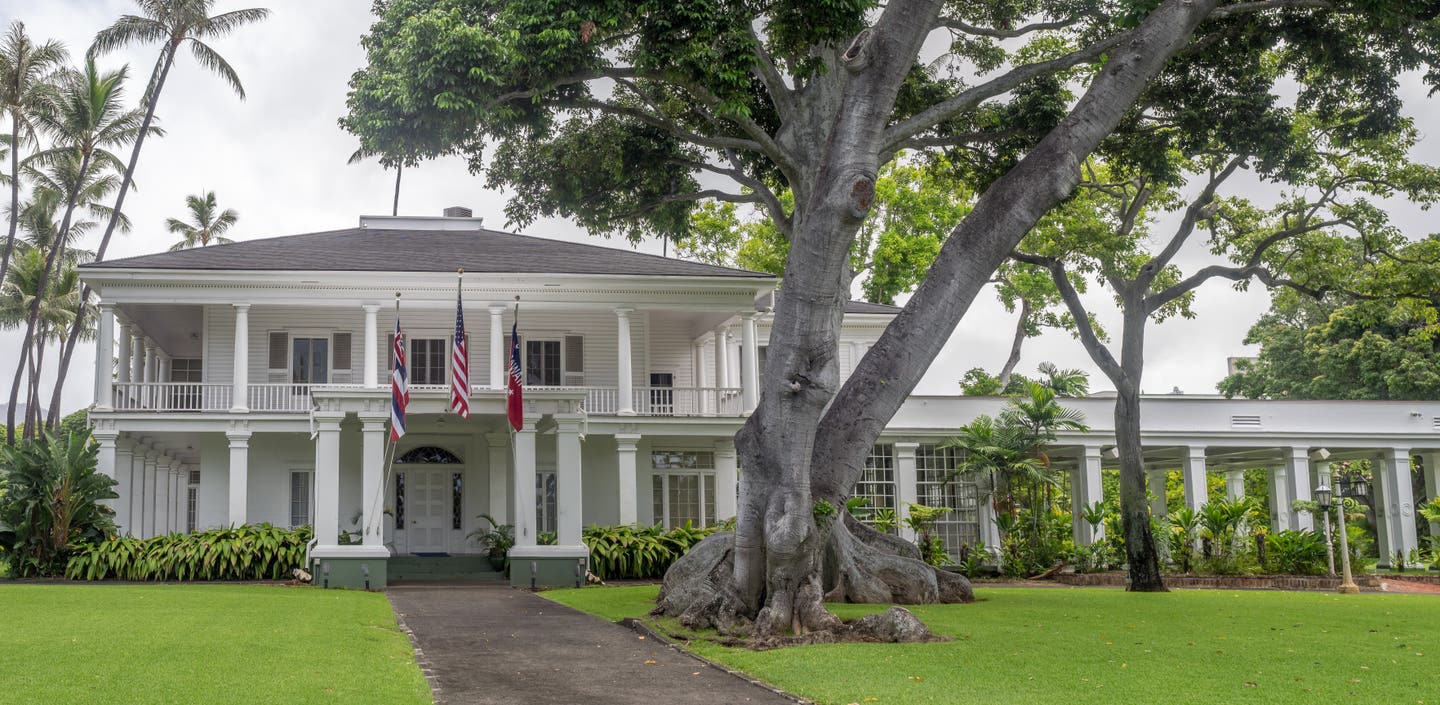
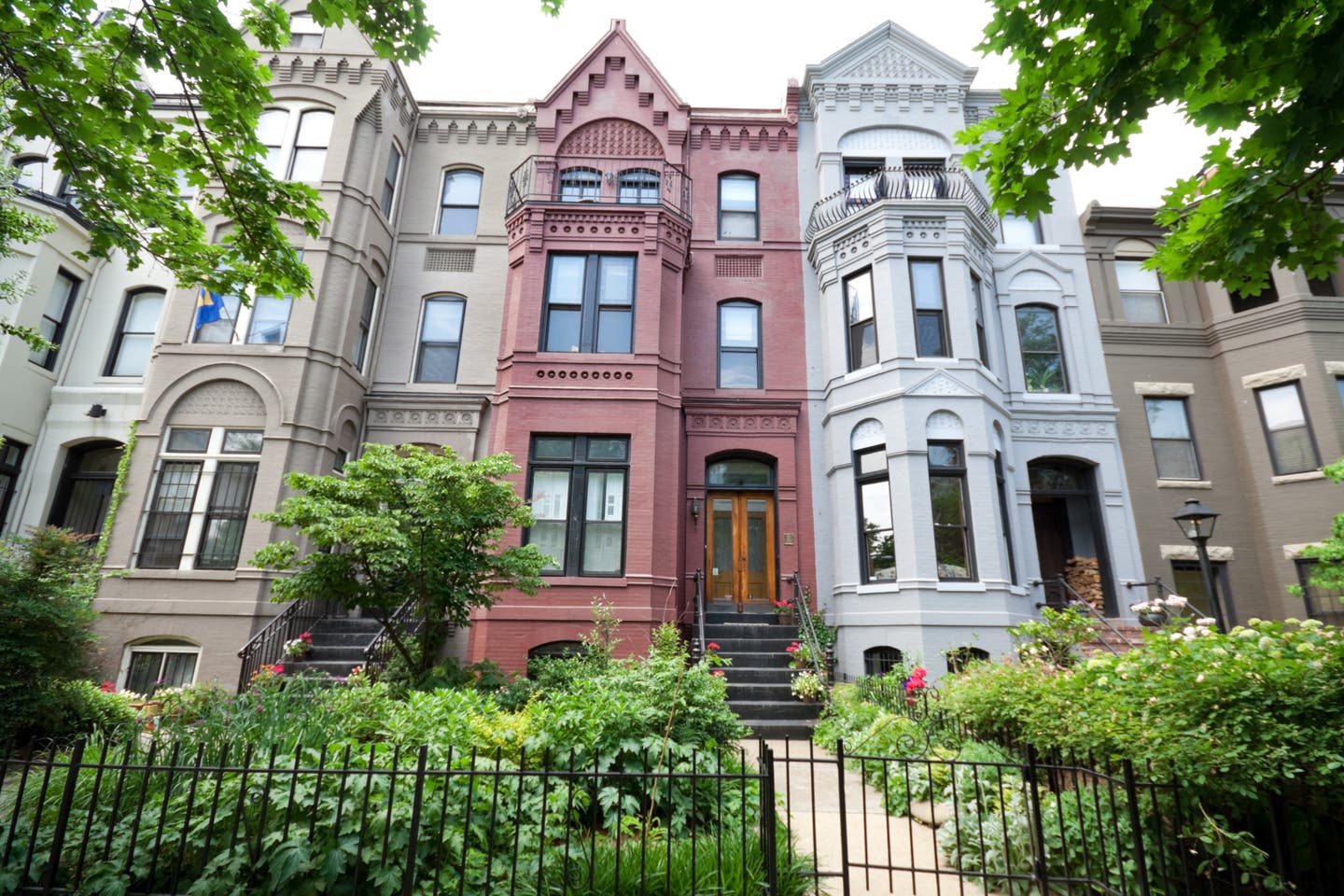
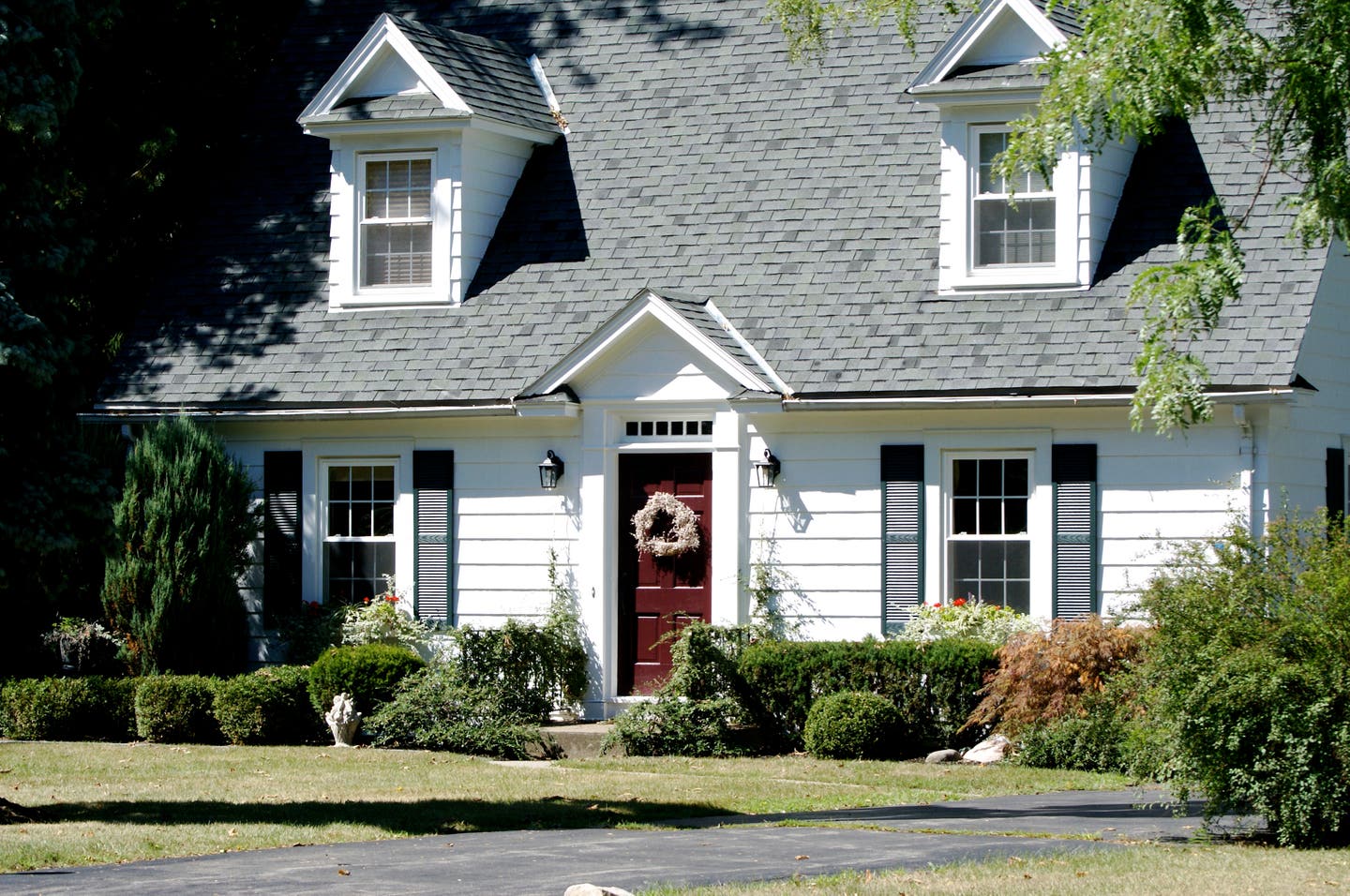

Especially disturbing is the penchant of the powers that be in urbanism to rejecct traditional design for schools, other civic buildings, and commercial buildings. In this country during the first several decades of the previous two centuries, they proudly and enthusiastically participated in the formal tradition initiated in ancient Greece and Rome and restored for service after 1400. As signs they pointed, and still point, to the importance of authoritative institutions of government that seek to promote and protect justice in the common good. The civil, constitutional order we built for our new democratic republic drew deeply on the classical, and we went to the same tradition when designing the schools, city halls, state capitols, court houses, libraries, bathhouses, and so on, all classical (or the medieval a branch of the classical), all different but different in the same way.
And they became symbols that embodied, individually and collectively, and in architectural form, the order, harmony, and proportionality of the particular civil and individual purposes they served in the civil order. Each one, like good citizens pursuing their happiness, visibly expressed and purposely fulfilled their roles in serving the common good.
Those buildings were not example of the classical style of buildings; they were examples of classical architecture. They participated in the same classical tradition that other nations were using in their particular ways to serve their particular classical civil order. But after architecture began to be misunderstood as a style that pointed to what the succession of former ages had produced, and when the modern age was aborning in Continental Europe, a new style had to be invented to point to new modern age.
In the United States this immigrant-style, now naturalized, fills our nation with buildings that point to a modern age divorced from tradition and incapable of becoming symbols of the purposes that serve the common good. When they are inserted into traditional neighborhoods they appear as misfits pointing to people more interested in standing out than fitting in. Elsewhere, the “revolutionary” Modernist style reigns as the default style of commercial, civil, and institutional entities. For people who are unable or uninterested in settling into a house to make into a home, apartment ground scrapers or high rises are available, often, ironically, in or near dense, traditional loveable neighborhoods. Like freeloaders in civil life, these uncivil buildings undermine the central and fundamental purpose of any building, which is to provide buildings embodying the Beautiful as a complement to the Good that we seek to assure a just pursuit of happiness for everyone.
Carroll William Westfall retired from the University of Notre Dame in 2015 where he taught architectural history and theory since 1998, having earlier taught at Amherst College, the University of Illinois in Chicago, and between 1982 and 1998 at the University of Virginia.
He completed his PhD at Columbia University after his BA from the University of California and MA from the University of Manchester. He has published numerous articles on topics from antiquity to the present day and four books, most recently Architectural Type and Character: A Practical Guide to a History of Architecture coauthored with Samir Younés (Routledge, 2022). His central focus is on the history of the city and the reciprocity between the political life and the urban and architectural elements that serve the common good. He resides in Richmond, Virginia.








